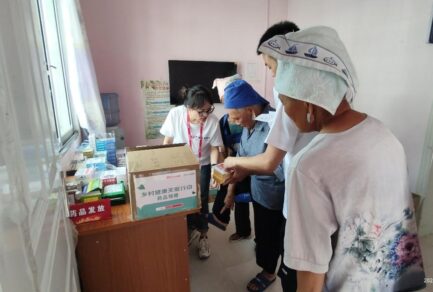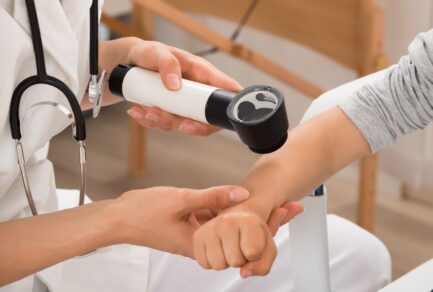Sep 9, 2020|
JD Health Respiratory Center to Provide Digitalized Solutions for Patients
by Vivian Yang and Hui Zhang
From SARS to COVID-19, epidemics are often related to respiratory diseases. As flu season begins and fear of the Coronavirus lingers, JD Health announced today that it will launch an Internet-based respiratory center focused on integrating online and offline medical resources and services for patients.
The respiratory center will be headed by Lin Jiangtao, a renowned respiratory expert and professor of the Department of Respiratory and Critical Care Medicine at China-Japan Friendship Hospital in Beijing. “The combination of respiratory medicine and online healthcare can provide comprehensive services for patients,” Lin said of JD Health’s new respiratory center. “The use of big data is also beneficial for us to analyze the distribution, region, age, gender, and drug use of respiratory diseases which will help us to formulate new standards and regulations,” said Lin.

Lijun Xin, CEO of JD Health (Left) and Prof. Lin Jiangtao (right)
Prof. Lin will be joined by a number of highly regarded respiratory experts, and the platform will connect to hospitals in 26 provinces and municipalities across China, offering a convenient channel for patients to access premier medical consultation resources.
Patients will be able to make video-call appointments, or seek medical advice via text message and photos on JD Health’s platform. If an in-person visit is needed, they can also use the platform to make face-to-face appointments with doctors in offline hospitals; or even house-call appointments with nurses from the respiratory center for in-person medical care and guidance for drug and device use at home.
For respiratory diseases, medical consultation and treatment are often just the beginning. In fact, most respiratory diseases are chronic diseases that require long-term follow-up health management, Prof. Lin said.
Taking asthma as an example. The traditional rehabilitation process usually includes follow-up appointments, with printed medical reports, in-person informational sessions, and so on. Some might argue that this approach is inefficient and not always worth the extra travel for the patient. From a tech perspective, it also makes data tracking impossible, meaning less understanding of how the disease might be impacting the overall population—and ultimately fewer medical breakthroughs.
Meanwhile, the control of asthma in the long term largely depends on patients’ self-management and access to detailed information about the disease. In most cases, patients lack this understanding.
Another problem with the current medical system is that it is often difficult for patients to obtain high-quality medical resources or timely diagnosis and treatment, resulting in the deterioration of the disease, Lin said.
JD Health is attempting to address this problem. Thanks to an extensive supply chain, it is able to combine data with manufacturers of medical devices to develop intelligent prevention and management methods for respiratory diseases. As a result of big data, doctors can now not only track and guide patients’ rehabilitation processes in detail, they can also increase the chances of early detection and active intervention.
It is estimated that China has about 100 million COPD (chronic obstructive pulmonary disease) patients, and the number of asthma patients over 20 years old is about 45.7 million.



 King Long Partners with JD to Manufacture Autonomous Delivery Vehicles
King Long Partners with JD to Manufacture Autonomous Delivery Vehicles



